Shortly after dawn, on top of the Mauna Kea volcano in Hawaii, in the volcanic environment with rich euphoric plants, the figure of a young Greek man appears. The curious traveler from the other side of the planet patiently carries tripods, video cameras, lenses and cables, attaches equipment, measures the scene with the director's eye and presses the record button on his cameras, in front of the giant building that stands on top.
Theophanis Matsopoulos, the planetarium filmmaker – as connected to the visual sciences as his full name is – is a Greek with one of the rarest professions.“An innovator with a big dream, “…to visit the rest of the world’s large telescopes that have played an important role in exploring the universe,” he explained to APE MPE radio station “Agency 104.9FM.”
But so far, the Greek documentary filmmaker has achieved a lot in this globally rare specialty of producing audiovisual products. He has made 15 feature films about planetariums and huge screens as well as documentaries about virtual reality masks, while the public has been able to see some of Mr. Matsopoulos's creations for years at the planetarium and at the World Theater of the Center for the Dissemination of Science and Technology Noise Museum in Thessaloniki, apart from Athens. Today, he either prepares documentaries commissioned by observatories, the European Space Agency and research groups, or makes his own films that he promotes abroad and in Greece, such as a new film about the Earth's climate.
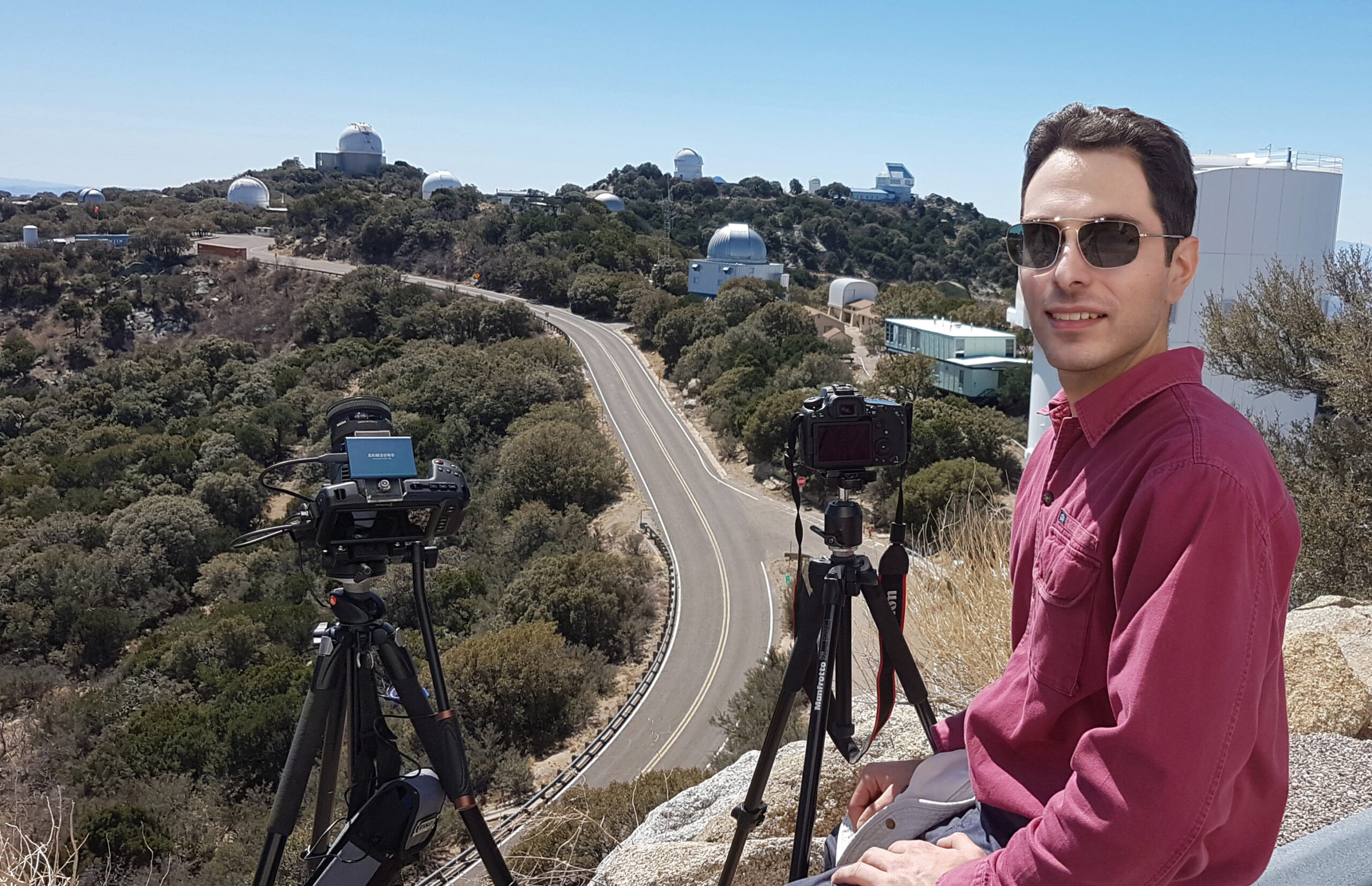
On the rarest of peaks
Theophanis Matsopoulos had been involved in creating educational documentaries of planetariums as well as astrophotography of night landscapes and using telescopes from a young age, but he soon discovered that moving images could become his main work. “One of the most important experiences during my work is exploratory trips to different exotic parts of the world to take high-resolution photos and video to display on the giant screens and domes of the planetarium. Among these trips, I particularly mention the recent expedition to the summit of Mauna Kea volcano in Hawaii, where I visited twice, and it is a place Distinctive, located at an altitude of 4200 metres. This place is home to the largest telescopes in the world, such as the twin Keck telescopes, each of which has a diameter of 10 meters, the Gemini telescope, which has a diameter of eight metres, and other important telescopes. I was there on an official mission affiliated with the American National Agency… Science as part of a new documentary that will be released in 2025. The conditions at the top of the mountain are very difficult, due to the lack of oxygen and because of this all activities are carried out with great difficulty..” explains Mr. Matsopoulos who has to take pictures on all these trips with the most demanding specifications where they will be shown His creations are in planetariums and IMAX halls.
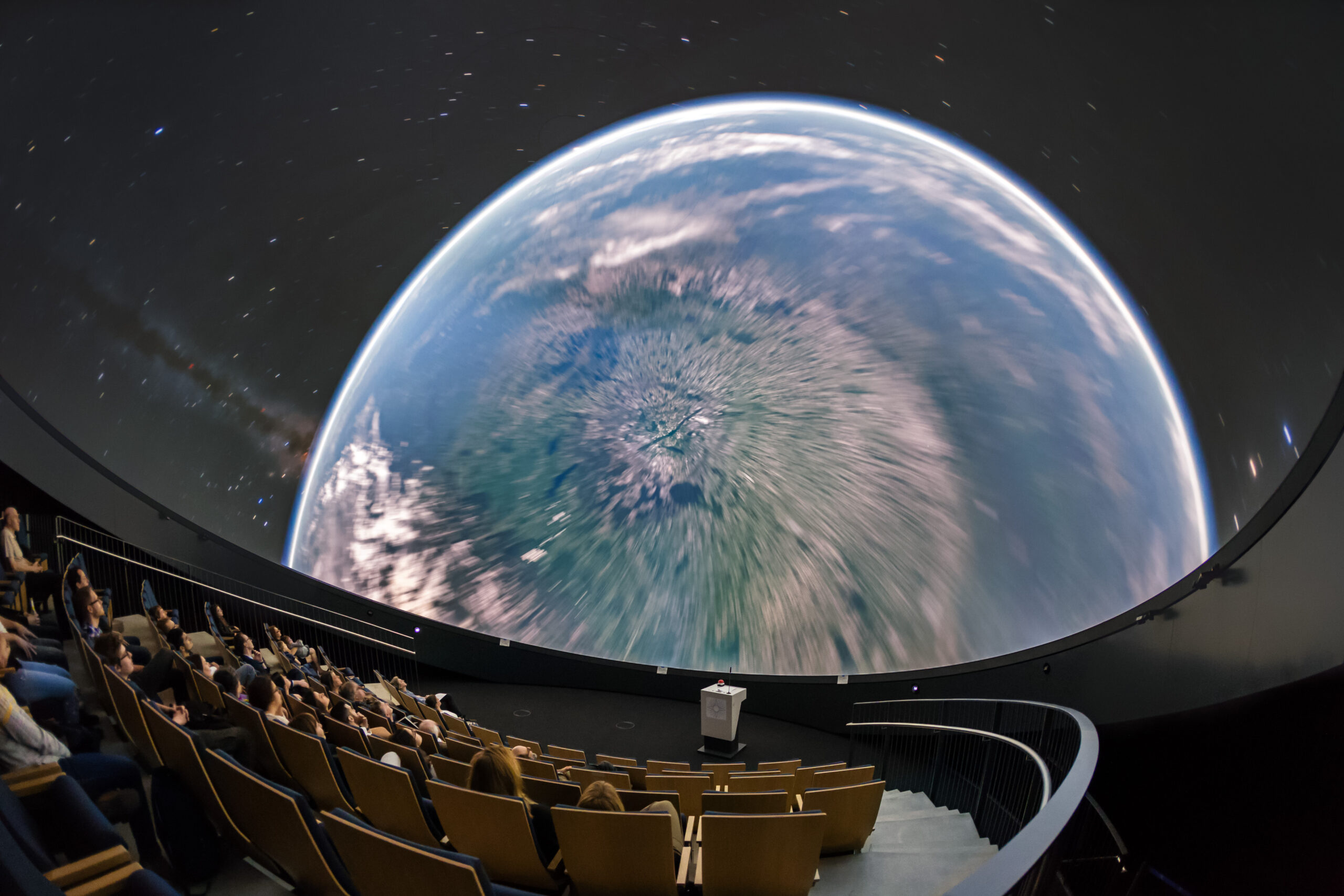
“The difficulties in shooting video for planetarium screens and giant screens (ss Giant Screen image) are great. I need to work with high resolution and color quality. Planetariums are displayed in 4K x 4K resolution, and video with a resolution of at least twice that of cinema, so to get the desired result We use camera arrays or cinema cameras with a resolution greater than 6K and an image of 360 x 180. This makes video creation very difficult and difficult to edit, while each planetarium has its own separate specifications depending on the screen, geometry, its display system, etc. It is special that the brand new “Sphere” planetarium in Las Vegas has a resolution of 16K!”, describes the talented Greek creator. “I learned all this myself, at first I did not have much information and with tests I managed to create the first topic somewhere in 2015. For all documentaries of this type, the material does not exist and has to be created so here comes my own work.” » explains Mr. Matsopoulos.
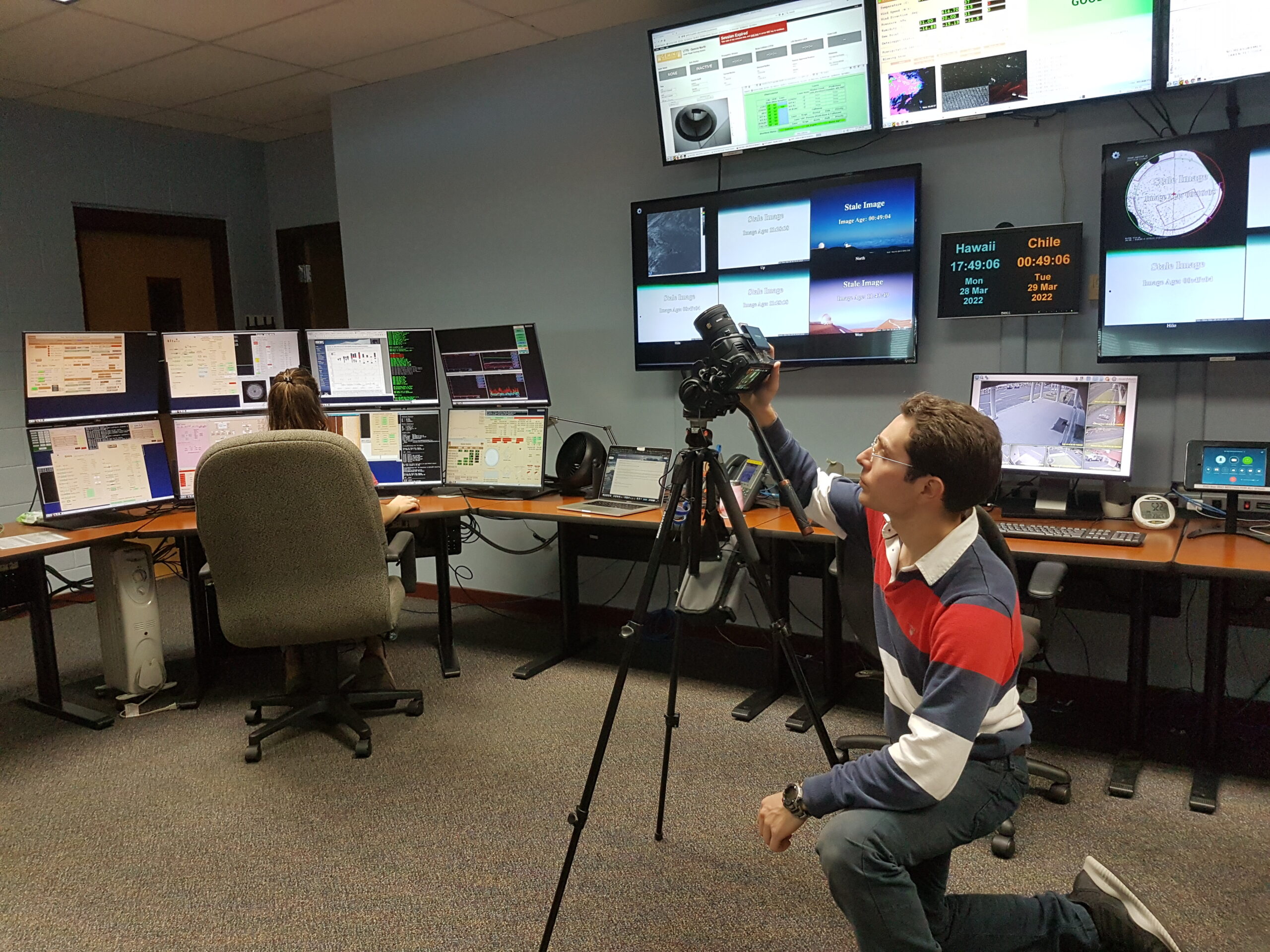
In order to achieve the best result, the Greek planetarium filmmaker – optical science communicator travels to the most remote areas of the planet and the most important telescopes are installed there to avoid light pollution and atmospheric pollution and to improve their observations. “Another place that impressed me was the Atacama Desert in northern Chile, which I also visited twice. There the landscape is completely different from what we are used to here in Europe because it is very rocky and barren. It can be said that it resembles the planet Mars… In this desert, the European Southern Observatory “This telescope consists of four telescopes, each 8 meters in diameter, and has the ability to work together as one giant telescope with a diameter of 16 metres!” At an adjacent site, the ELT is now being built. (Extremely Large Telescope), with a diameter of 40 would actually reach meters. These are amazing facilities…” says Mr Matsopoulos.
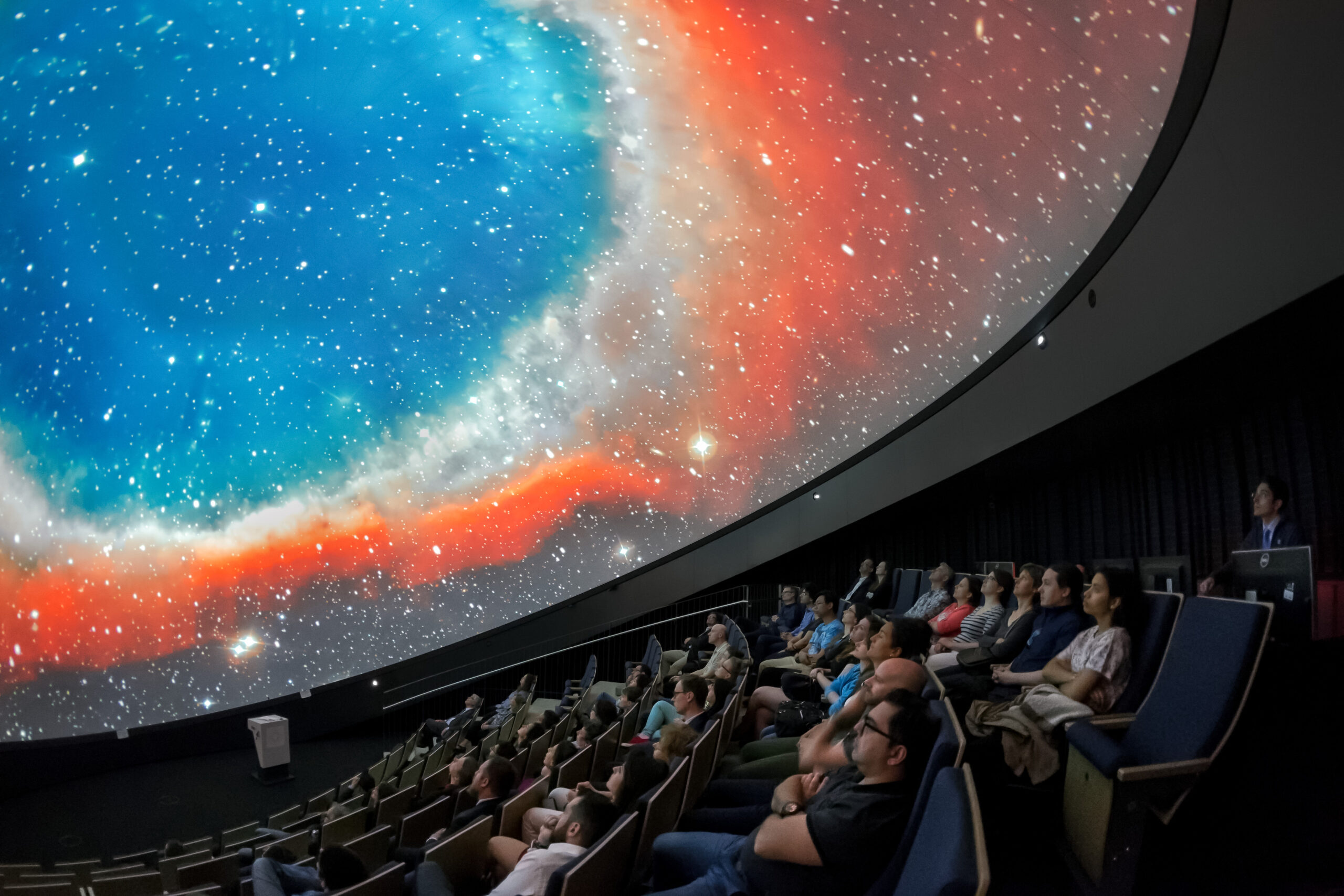
The global success of his creations
The beginning of this work for Theophanis Matsopoulos was through some of his first personal works that were presented at special festivals for scientific documentaries, where people in the field noticed the work of the young Greek man, and suggested cooperation. “It is a specialized job and, fortunately, I have achieved great success, thanks to a lot of effort. My first job was with the European Southern Observatory which runs the largest of the above-mentioned European observatories in Chile. Then they suggested that I should go work with them and produce new documentaries, new materials for the new planetarium that was then being built at the base of the observatory in Munich. This was my first major work and since then I have prepared many productions. Today I collaborate with the American observatories in many productions. In particular, the dome documentary “From Earth to “Cosmos,” which I directed and created, and which has been produced by the European Southern Observatory (ESO), since 2015, and which is circulating in planetariums around the world, has been translated into more than 30 languages. I even remember getting an email in which they sent me a new narration for this documentary. About the Telugu language. At that time I did not care much, but to my great surprise I later realized that this language is spoken in India by about a billion people! narrates the Greek creator of the documentaries.
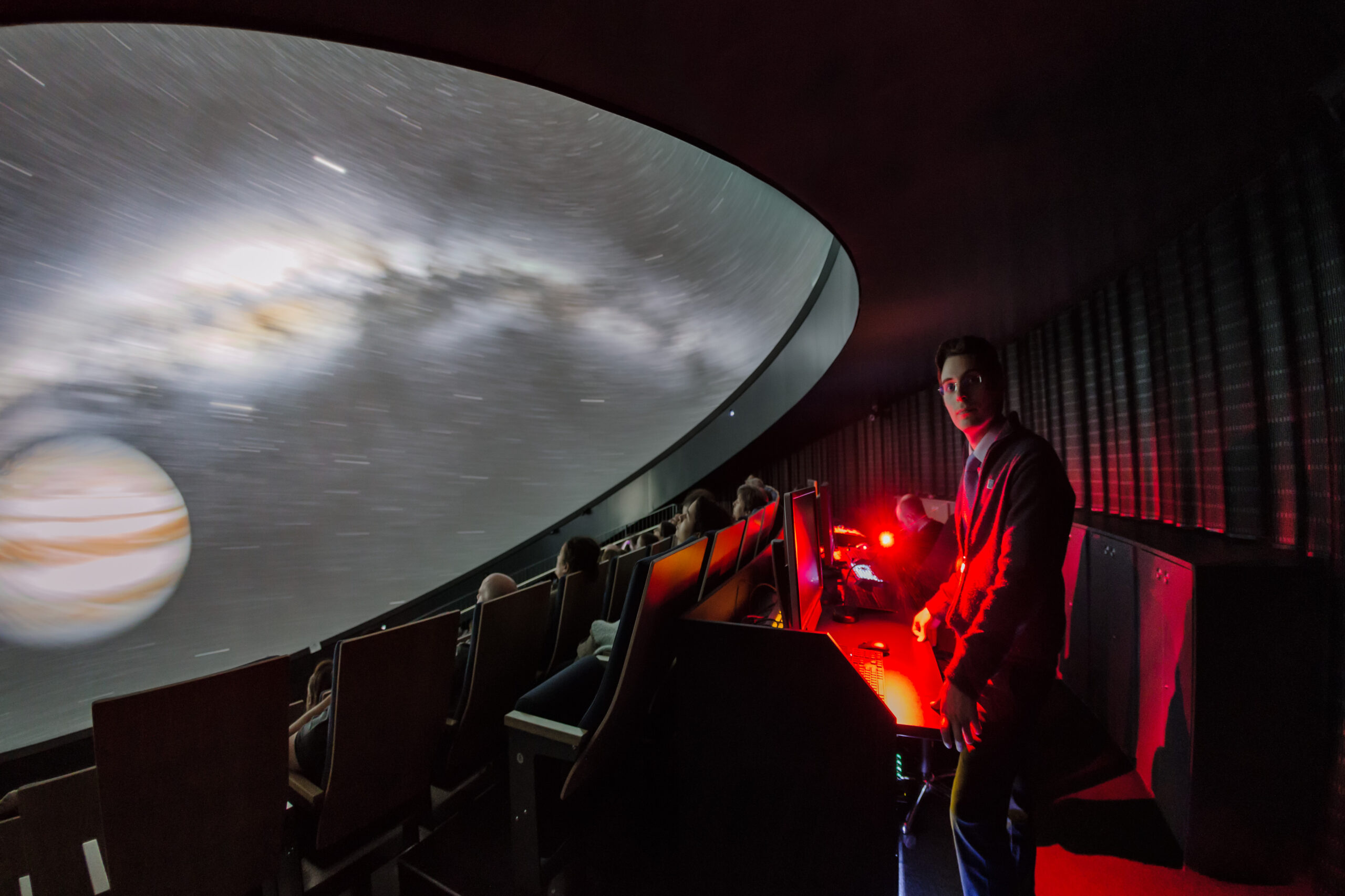
One of the highlights I remember is that many of his documentaries were shown at the Historic Planetarium and Science Center in North Carolina, USA. “In this planetarium from 1959 to 1975, NASA astronauts trained in space navigation, determining the position of spacecraft by observing celestial bodies. It is a great honor for me that this historic planetarium, which has contributed to the progress of humanity, displays my own films.” , said Mr. Matsopoulos, who does not forget his acquaintances over the years. “By traveling to all these different parts of the world, I've had the opportunity to meet people who have a different mentality than ours and I think that's a very wonderful experience in itself,” he comments.
Mentors and situation
But how did a young Greek man become a specialized documentary filmmaker? “The people who played an important role in my international career were my father who for 40 years was an astronomer at the National Observatory in Athens, who was in charge of the visitor center and who introduced me to the world of astronomy from a young age. So I had the opportunity to see celestial objects through many telescopes And the love of astronomy. Although I did not become an astronomer, I became famous and created astronomical content. After school, I began to be an active creator, and that is how it became my subject matter over the past 15 years, first through astrophotography through exhibitions in many From the cities of Greece and then through the video that fascinated me. Another prominent figure who played an important role in my success was Dionysus Simopoulos, a teacher who gave me access to the world of planetariums and gave me some guidance. When he was the director of the planetarium in Athens, he encouraged me to enter the industry Documentaries and we organized exhibitions of my photographs as well as the premieres of the dome films I created. I owe a lot to both…”, stresses Mr. Matsopoulos.
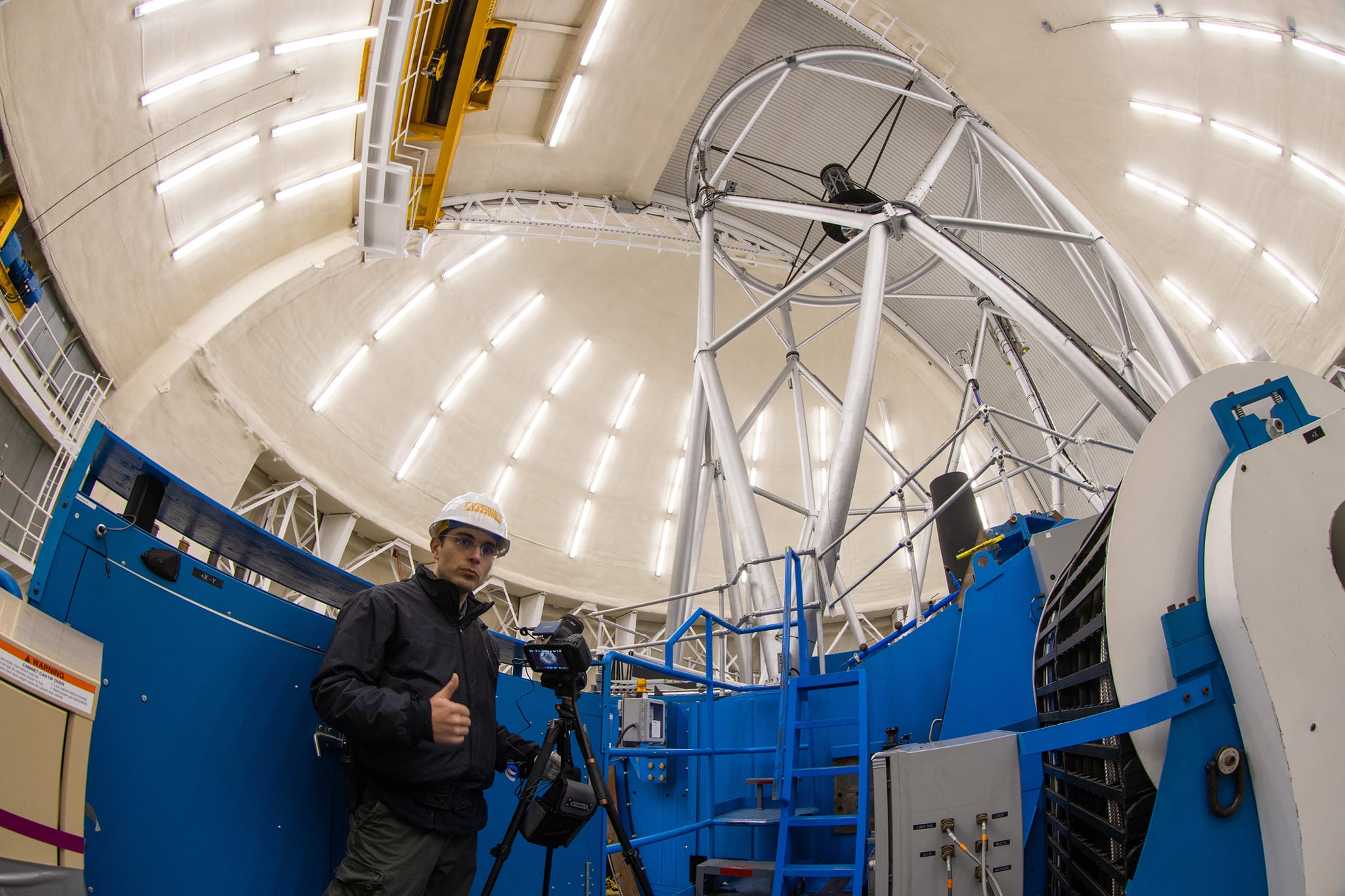
An ambitious future project
The young Greek documentary photographer and traveler has a near-future project that he is currently working on, a life's work. “It is about creating a new documentary about American observatories. This documentary was produced in collaboration with NSF (National Science Foundation) and includes many technical innovations, such as the use of ultra-high-definition video so that it can be shown on a large hemispherical screen. In fact, this very documentary It will be distributed free of charge to all planetariums in the world with the aim of spreading science, and I am impatiently waiting for it to be ready for display by fans of astronomy, stargazing and science in general from all over the world!” concludes the energetic Greek, who intends to look with his lenses at the stars and count the moments. . Moments that will take him again on another exciting journey, to another end of the Earth that hosts huge mirrors and scientists thirsty for knowledge…
Sotiris Kyriakides





More Stories
Is this what the PS5 Pro will look like? (Image)
Finally, Windows 11 24H2 update significantly boosts AMD Ryzen – Windows 11 performance
Heart Surgeon Reveals The 4 Things He ‘Totally Avoids’ In His Life